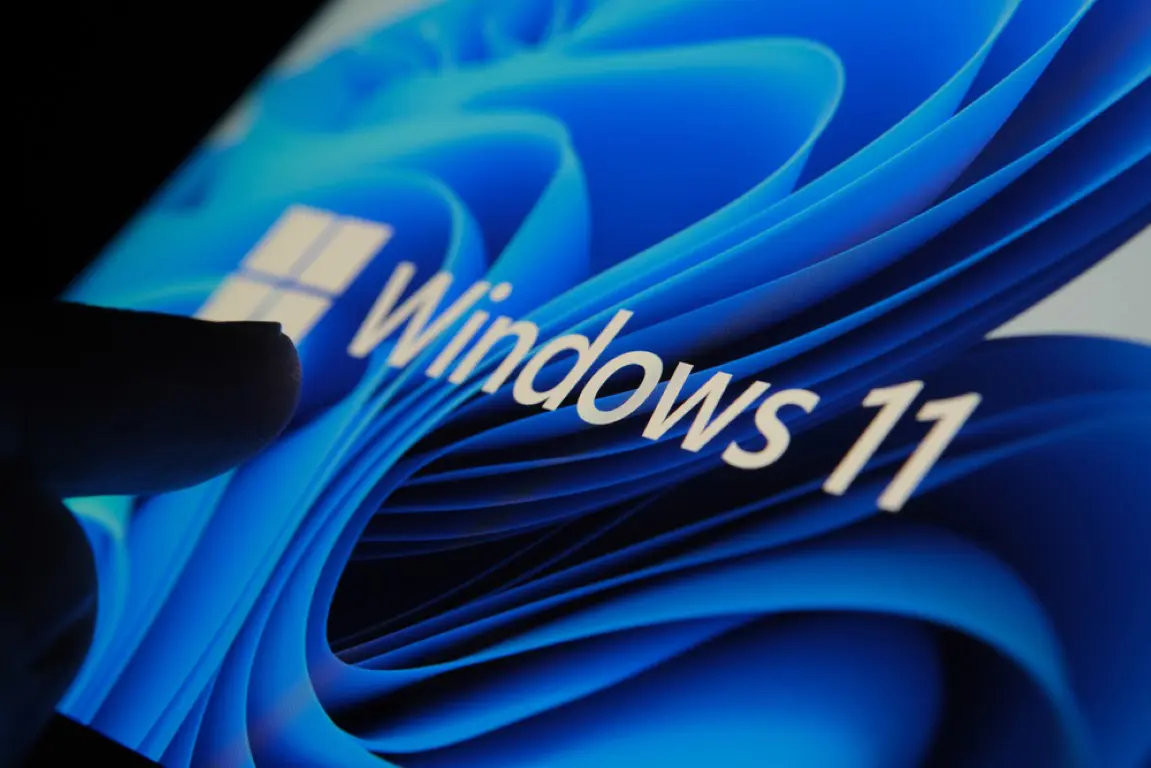Microsoft assists businesses in transitioning to Windows 11 with a clear migration path via Intune. This is becoming increasingly urgent as support for Windows 10 will soon end.
The clock is ticking relentlessly for Windows 10. After October 14, 2025, Microsoft will stop providing free security updates. Those who haven’t transitioned by then will need to pay for Extended Security Updates (ESU). For many companies, this is financially unfeasible. Therefore, Microsoft has shared a step-by-step guide for a smooth transition to Windows 11 with cloud-native device management via Intune.
Preparing for the Transition
The guide focuses on Windows 10 devices that are domain-bound or co-managed. The aim is to upgrade these devices to Windows 11 while simultaneously transitioning to cloud-native management.
IT teams must first check if devices are compatible with Windows 11, TPM 2.0, and Secure Boot. This can be done via Microsoft Configuration Manager or Endpoint Analytics in Intune. Devices should be updated to the latest version of Windows 10.
Step by Step to Cloud-Native Management
The next step is to synchronize users and devices from Active Directory to Entra ID and prepare for hybrid join. Intune must be properly configured with the correct licenses and admin roles. Then, co-management is activated, allowing workloads such as Windows updates and device configuration to be moved to Intune.
Application Management and Final Phase
Applications need to be migrated from Configuration Manager to Intune. This involves mapping existing software packages, repackaging, testing, and phased rollout. Old implementations in Configuration Manager are phased out, and internal documentation must be updated.
Finally, the device is transitioned to a full cloud environment with Microsoft Entra ID. This can be done through various methods: for example, a “device refresh” or a “swap-and-go” where hardware is reconfigured. OneDrive Known Folder Move ensures that user data is protected and securely transferred.
